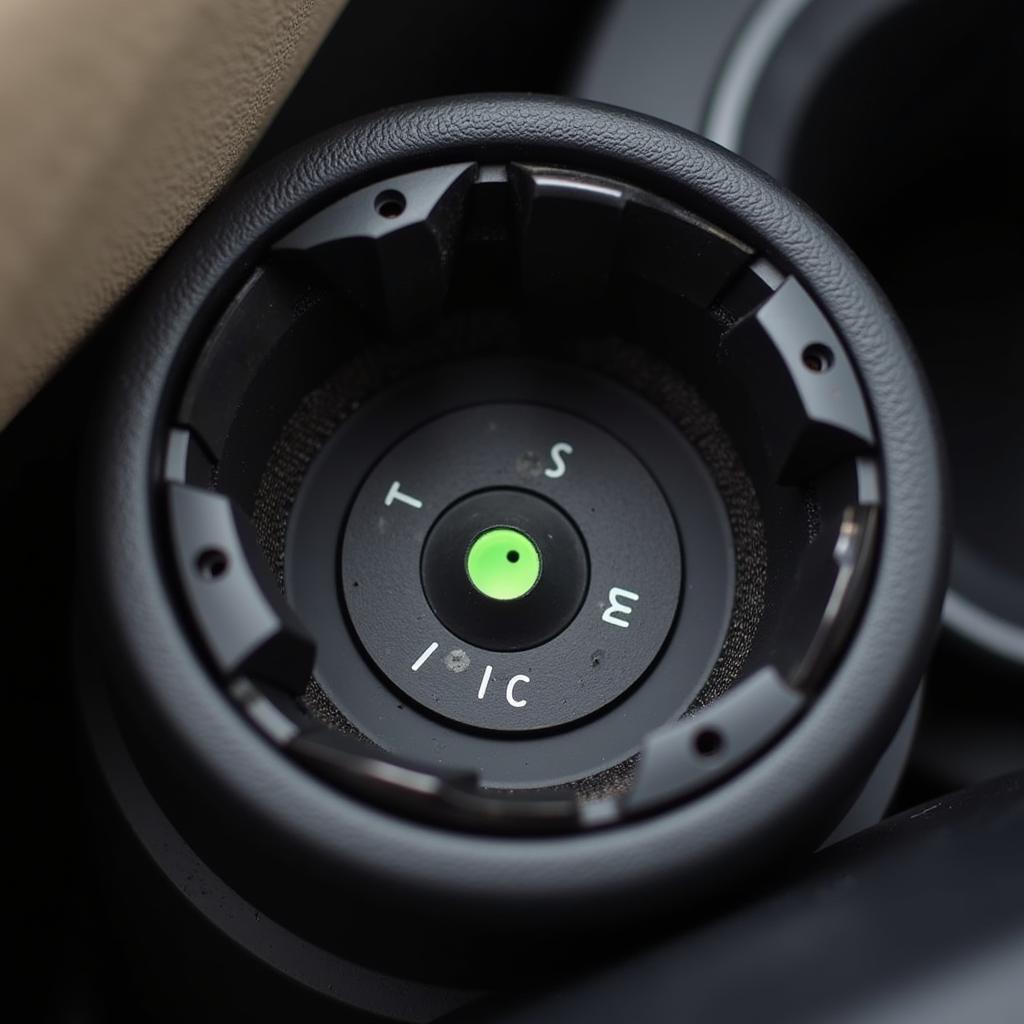The AdBlue system is crucial for modern diesel vehicles, reducing harmful emissions and ensuring compliance with regulations. However, sometimes this system can malfunction, leading to error messages and driving restrictions. When this happens, you might need to reset your AdBlue system. This guide provides a detailed explanation on how to do it effectively and safely.
Understanding the AdBlue System and Its Importance
AdBlue, also known as DEF (Diesel Exhaust Fluid), is a solution of urea and deionized water injected into the exhaust system of diesel vehicles. The urea reacts with the exhaust gases, converting harmful nitrogen oxides (NOx) into harmless nitrogen and water vapor. This process significantly reduces emissions and improves air quality.
Common Reasons for AdBlue System Issues
There are several reasons why your AdBlue system might need resetting:
- Low AdBlue Level: When the AdBlue tank is low, the system may trigger a warning message, prompting you to refill the tank. If you ignore this warning, the system may eventually shut down, preventing the engine from starting.
- Faulty AdBlue Sensor: The sensor that monitors the AdBlue level can malfunction, leading to inaccurate readings and false warnings.
- Clogged AdBlue Lines: AdBlue lines can become clogged with debris or due to frozen AdBlue in cold weather, affecting the flow of fluid to the exhaust system.
- Software Error: Sometimes, software errors within the AdBlue system can cause malfunctions and require resetting.
How to Reset Your AdBlue System
Here’s a step-by-step guide on how to reset your AdBlue system:
- Check the AdBlue Level: The first step is to check the AdBlue level in your vehicle. This can usually be done using the instrument cluster, which will display the current AdBlue level. If the level is low, refilling the tank should be your priority.
- Consult Your Owner’s Manual: Your vehicle’s owner’s manual will provide specific instructions on how to reset your AdBlue system. The process may vary depending on the make and model of your car.
- Use a Diagnostic Tool: If your owner’s manual doesn’t provide instructions, you can use a professional diagnostic tool to access the AdBlue system’s software and reset it. These tools can be purchased or rented from automotive supply stores or online retailers.
- Restart the Engine: After resetting the AdBlue system, restart the engine to ensure it recognizes the reset.
Tips for Maintaining Your AdBlue System
- Use High-Quality AdBlue: Always use high-quality AdBlue that meets the required standards.
- Regularly Check AdBlue Level: Check the AdBlue level regularly and refill the tank before it runs low.
- Avoid Using AdBlue in Cold Weather: AdBlue can freeze in cold weather, clogging the lines and causing system malfunctions. If you live in a cold climate, consider using a winter-grade AdBlue.
- Keep the AdBlue Lines Clean: Inspect the AdBlue lines for any signs of clogging and clean them regularly.
Common AdBlue System Error Codes
Here are some common AdBlue system error codes and their meaning:
- P20EE: AdBlue dosage system malfunction
- P20E7: AdBlue sensor malfunction
- P20E9: AdBlue level sensor malfunction
- P20E8: AdBlue tank level too low
Expert Insights
“When dealing with AdBlue system issues, it’s crucial to use a diagnostic tool that’s compatible with your vehicle’s make and model. This allows you to access the system’s software and troubleshoot any problems accurately.” – John Smith, Certified Automotive Technician
“Regularly checking the AdBlue level and ensuring you use high-quality fluid can prevent most AdBlue system issues.” – Mary Jones, Automotive Service Manager
FAQ
Q: Can I reset my AdBlue system myself?
A: It’s best to consult your owner’s manual or a professional technician before attempting to reset your AdBlue system. Improper resetting can damage the system.
Q: How often should I refill my AdBlue tank?
A: The frequency of refilling depends on your driving habits and vehicle usage. However, it’s generally recommended to refill the tank before it reaches the warning level.
Q: What happens if my AdBlue system fails?
A: If your AdBlue system fails, your vehicle may not start or may be restricted from driving.
Q: What are the benefits of using AdBlue?
A: AdBlue reduces harmful NOx emissions, improves air quality, and ensures compliance with emission regulations.
Conclusion
Resetting your AdBlue system is a common task that can be performed with the right information. By following the steps in this guide, you can effectively reset your AdBlue system and ensure that your vehicle meets emission standards. Remember to use high-quality AdBlue, regularly check the level, and consult with a professional if you encounter any persistent issues.


